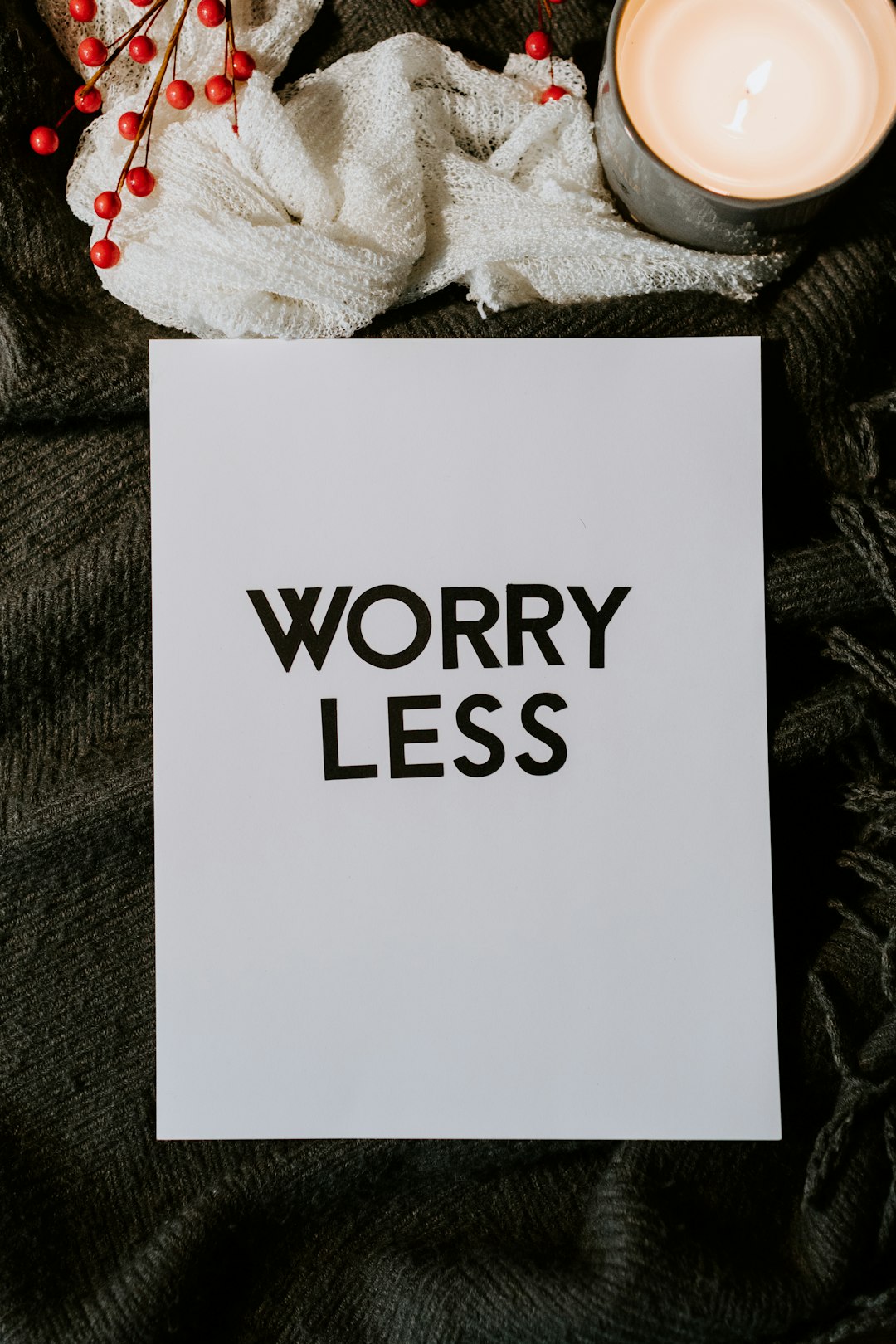
Meditative Techniques for Optimal Mindfulness and Inner Peace
Meditation is a powerful practice that promotes mindfulness and inner peace, becoming increasingly popular in our fast-paced world. With numerous scientific studies backing its health benefits, meditation is no longer just a spiritual exercise but a vital tool for mental wellness. This guide will explore various meditative techniques, the latest research findings, and practical strategies you can implement in your daily life to enhance your mindfulness journey.
Understanding Mindfulness and Meditation
Mindfulness is the practice of being fully present and engaged in the moment without judgment. Meditation, on the other hand, is often used as a technique to cultivate this mindfulness. Research has shown that regular meditation can lead to reduced stress, improved emotional regulation, and increased self-awareness. Engaging in these practices can significantly enhance overall well-being and mental health.
Popular Meditative Techniques
1. Mindfulness Meditation
Mindfulness meditation involves focusing on your breath and observing thoughts and feelings without any judgment. This technique has been shown to reduce anxiety and improve emotional health. To practice, find a quiet space, sit comfortably, and concentrate on your breathing. When thoughts arise, gently acknowledge them and return your focus to your breath.
2. Loving-Kindness Meditation (Metta)
Loving-kindness meditation encourages the development of compassion and love toward oneself and others. This technique can help combat feelings of resentment and negativity. Start by silently repeating phrases such as “May I be happy, may I be healthy,” then gradually extend this goodwill to others, including loved ones and even those you may have conflicts with.
3. Body Scan Meditation
This technique involves mentally scanning your body for areas of tension and relaxing them. Research indicates that body scan meditation can significantly enhance bodily awareness and help relieve stress. Lie down comfortably, close your eyes, and begin to focus on each part of your body, starting from your toes up to your head. Notice any sensations and consciously relax each area.
4. Guided Visualization
Guided visualization uses imagery to calm the mind and promote relaxation. This technique often involves following along with a recording or a teacher’s instructions. Studies suggest that guided visualization can effectively reduce stress and anxiety levels. You can find numerous resources online or attend workshops to experience this type of meditation firsthand.
5. Transcendental Meditation (TM)
Transcendental Meditation is a specific form of mantra meditation where you repeat a designated sound or word to settle the mind. Research published in reputable journals shows that TM can lead to reduced blood pressure and decreased anxiety. This technique requires specific training, so consider seeking a certified instructor for guidance.
Common Misconceptions
One common misconception is that meditation requires years of practice to see benefits. In reality, even short sessions can lead to noticeable improvements in mood and stress levels. Another myth is that meditation is only for the spiritually inclined. While it can enhance spiritual growth, anyone can benefit from its mental health advantages.
Practical Strategies for Daily Life
- Start Small: Begin with just five minutes a day and gradually increase the duration as you become more comfortable.
- Create a Routine: Set aside a specific time each day for meditation, making it a part of your daily routine.
- Use Technology: Consider using meditation apps like Headspace or Calm to help guide your practice.
- Be Patient: Understand that mindfulness and meditation are skills that improve with practice. Allow yourself to be a beginner.
Encouragement on Your Wellness Journey
Embarking on a mindfulness journey can be challenging, but the rewards are immense. Remember that it’s normal to face obstacles, such as a wandering mind or difficulty finding time. Acknowledge these challenges and remain committed to your practice. Over time, you will notice a shift in your mental clarity and emotional stability.
Further Reading and Resources
To deepen your understanding of meditation techniques, consider exploring the following resources:
- Mindfulness for Beginners by Jon Kabat-Zinn
- The Relaxation Response by Herbert Benson
- 10% Happier by Dan Harris
Conclusion
Incorporating meditative techniques into your daily routine can lead to significant improvements in mental health and overall well-being. By practicing mindfulness, you can cultivate a state of inner peace that positively impacts all aspects of your life. Start small, be patient with yourself, and embrace the journey toward optimal mindfulness and inner peace.
For more health tips and wellness advice, consider subscribing to our newsletter or sharing this article with others who may benefit from these insights.


